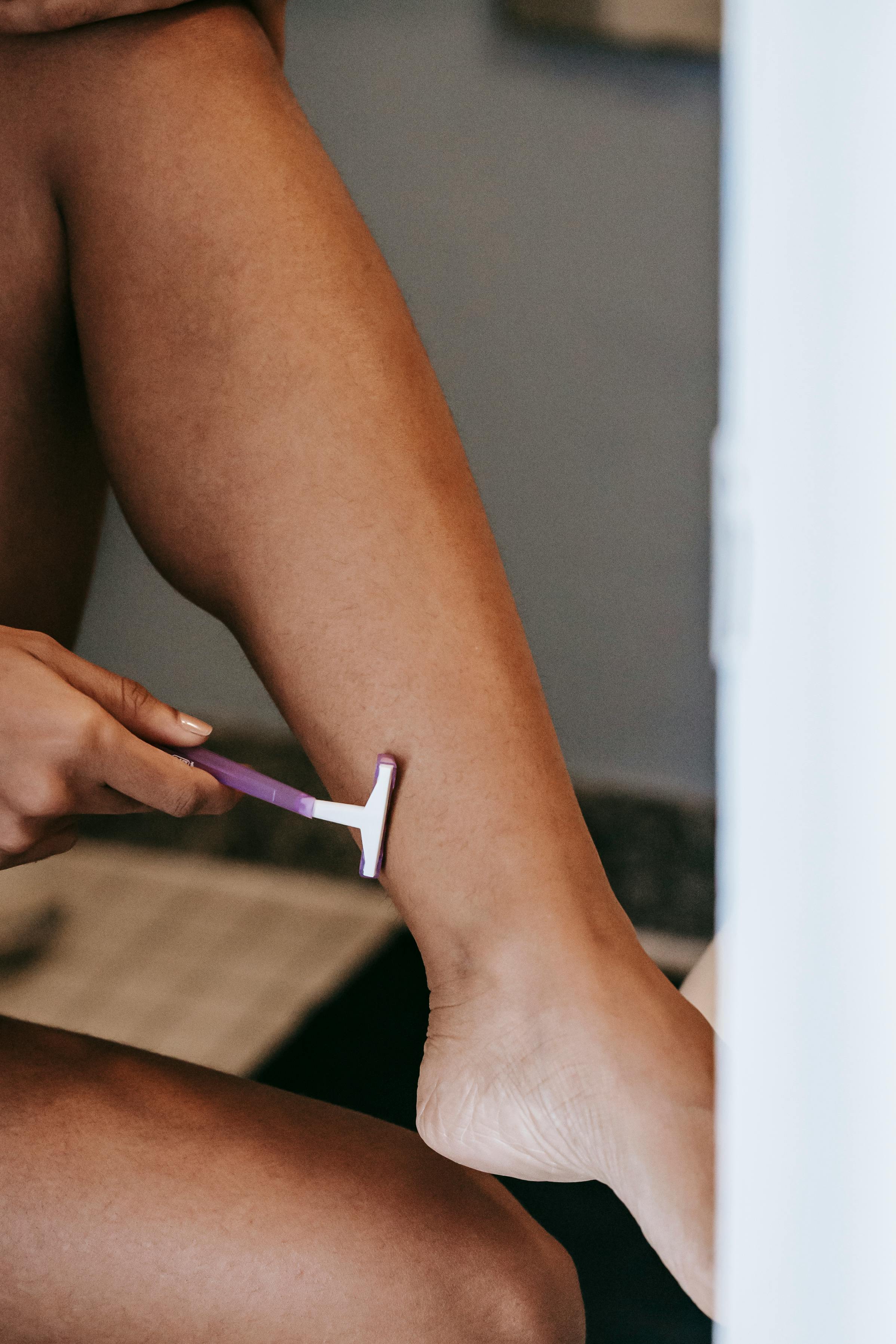Apply Now
Essential Guide to How to Record a Conversation on iPhone in 2025
Recording conversations on your iPhone can be a valuable tool for various purposes, including personal notes, conducting interviews, and documenting important discussions. Whether you're an entrepreneur capturing meetings or a student preparing for exams, knowing how to utilize your iPhone’s recording capabilities is essential. In 2025, advancements in technology and apps make recording calls and conversations easier and more efficient than ever.
This guide will explore various methods of recording conversations on your iPhone, using built-in tools like the Voice Memos app, and third-party applications that offer enhanced recording features. We’ll also discuss important considerations regarding privacy and legality, tips for achieving high-quality recordings, and much more.
By the end of this article, you'll have a comprehensive understanding of the best methods to record your conversations on an iPhone, allowing you to capture audio with ease. So, let's dive into the essential details!
Understanding Basic iPhone Recording Features
Before jumping into the specifics of how to record a conversation on your iPhone, it's important to familiarize yourself with the basic recording features available. The iPhone comes equipped with several built-in tools that facilitate recording audio effectively.
Using the Voice Memos App
The Voice Memos app is a straightforward solution for recording audio on your iPhone. It allows you to easily create high-quality recordings not just for conversations but also for lectures or brainstorming sessions. To access the Voice Memos app, simply find it on your home screen or search for it via Spotlight.
Once opened, tap the red record button to start capturing audio. You can pause or stop the recording, and the app will automatically save your recordings for future reference. The Voice Memos app also offers basic editing features like trimming, which can be very useful.
Recording Calls with the Apple Phone Feature
One common inquiry is how to record calls directly through the iPhone's native features. As of 2025, Apple does not provide an official call recording option due to various privacy concerns. However, using other methods such as speakerphone and a second device can help achieve this, albeit at the cost of audio quality.
When making important calls, consider asking the person on the other end for permission to record. This practice aligns with recording laws and ensures transparency.
Exploring Third-Party Recording Apps
For more robust features, many users turn to third-party recording apps. Popular choices include Rev Call Recorder and TapeACall. These applications provide options like cloud storage, better management of recorded files, and additional features like transcription services. Always check the app reviews and ensure it meets your specific recording needs.
Using these applications generally requires you to initiate a three-way call, connecting the app with your target conversation. Remember, checking the app's compatibility with your iPhone model is crucial; some apps may not work effectively on older models like the iPhone XR.
Legal Considerations for Recording Conversations
While recording conversations offers numerous benefits, it is essential to be aware of the privacy recording laws that may affect your activities. Laws about recording conversations vary by region, and it is crucial to understand the legal framework surrounding audio recording.
Understanding Privacy Recording Laws
Most jurisdictions require that at least one participant in a conversation gives consent to record. Therefore, if you’re recording a conversation, it's critical to inform the other party that you're doing so.
Laws also differ between personal and commercial use; hence, consulting with a legal expert if you're considering using recorded conversations for business purposes is wise.
Obtaining Consent for Recording
Ethically obtaining consent is not just a legal requirement but also a best practice. Before starting the recording, be clear about why you're capturing the conversation and how the recording will be used. These practices can foster trust and transparency.
Be aware that there are states with "two-party consent" laws, meaning both parties must agree to the recording. Always err on the side of caution and get explicit permission.
Organizing Recorded Files
Managing your recorded files efficiently is vital, especially if you frequently record conversations. Utilize cloud storage systems like iCloud or Dropbox to keep your audio files organized. Label recordings clearly based on their content and date for easy access later. This organizational method can save time and simplify review processes.
Tips for Achieving High-Quality Recordings
To ensure that your recordings are clear and professional, consider the following tips:
Utilizing External Microphones
While the built-in microphones of iPhones are decent, using external microphones can significantly enhance your recording quality. Investing in a quality external mic can reduce background noise and provide clearer audio capture, particularly during interviews and group calls.
Many external microphones are compatible with iPhones, and selecting an appropriate one depends on your specific needs.
Adjusting Audio Recording Settings
Exploring the audio recording settings on your iPhone can help you enhance sound quality. Ensure that settings like "Record in Lossless Audio" are enabled, as this can dramatically improve audio fidelity.
Also, consider performing a test recording before the actual conversation. This trial run helps you adjust settings based on the environmental acoustics of your recording space.
Managing Battery Life for Extended Recordings
When planning to record lengthy sessions, managing battery life is crucial. Make sure your device is fully charged or keep it plugged into power during recording. For added efficiency, close unnecessary apps running in the background to extend battery life.
Advanced Techniques for Recording on iPhone
If you're looking to take your recording capabilities to the next level, there are advanced techniques you can utilize:
Screen Recording Conversations
For visual and audio capture, the built-in screen recording feature on iPhones can be handy. This function allows you to record both the screen and any sounds, making it useful for video calls or presentations.
To start screen recording, access Control Center and tap on the screen recording button, ensuring you have enabled the option to capture sound in the settings.
Using Siri for Hands-Free Recording
If you're in a situation where you cannot tap your phone, using Siri to start recordings can be a game-changer. Simply say commands like "Hey Siri, record a voice memo," and Siri will initiate the recording for you, allowing for a seamless experience.
Recording Interviews or Meetings Effectively
When recording interviews, prepare a set list of questions in advance and ensure you’ve tested your recording setup. Also, choosing a quiet location helps in capturing unblemished audio.
Editing and Sharing Recorded Conversations
How you handle the recordings after capturing them can significantly affect the overall outcome.
Basic Editing Techniques
Using apps like GarageBand or iMovie, you can edit your recordings to remove unnecessary parts, adjust sound levels, and improve clarity. Learning basic editing skills can enhance the usability of your recordings significantly.
Sharing Recorded Audio
Sharing recorded files can be done via email, cloud services, or directly through messaging apps. Always consider file formatting to ensure compatibility with various platforms.
Prioritize the privacy of the content being shared and always seek permission from involved parties if needed.
Utilizing Recordings in Professional Settings
In professional environments, recordings can serve many purposes, from documenting meetings to allowing for better follow-up on discussions. By utilizing your iPhone iRecording abilities effectively, you can streamline your workflow and ensure nothing important is forgotten.
Conclusion
In conclusion, recording conversations on your iPhone can be both practical and beneficial when done ethically and legally. By leveraging the combination of built-in tools and third-party apps, understanding privacy laws, and applying best practices for audio quality, you can capture conversations with ease and confidence.
With the knowledge you've gained from this guide, you're now ready to explore the full potential of your iPhone as a recording tool. Remember always to prioritize clarity and consent in your recording practices while embracing the iPhone's recording capabilities.



